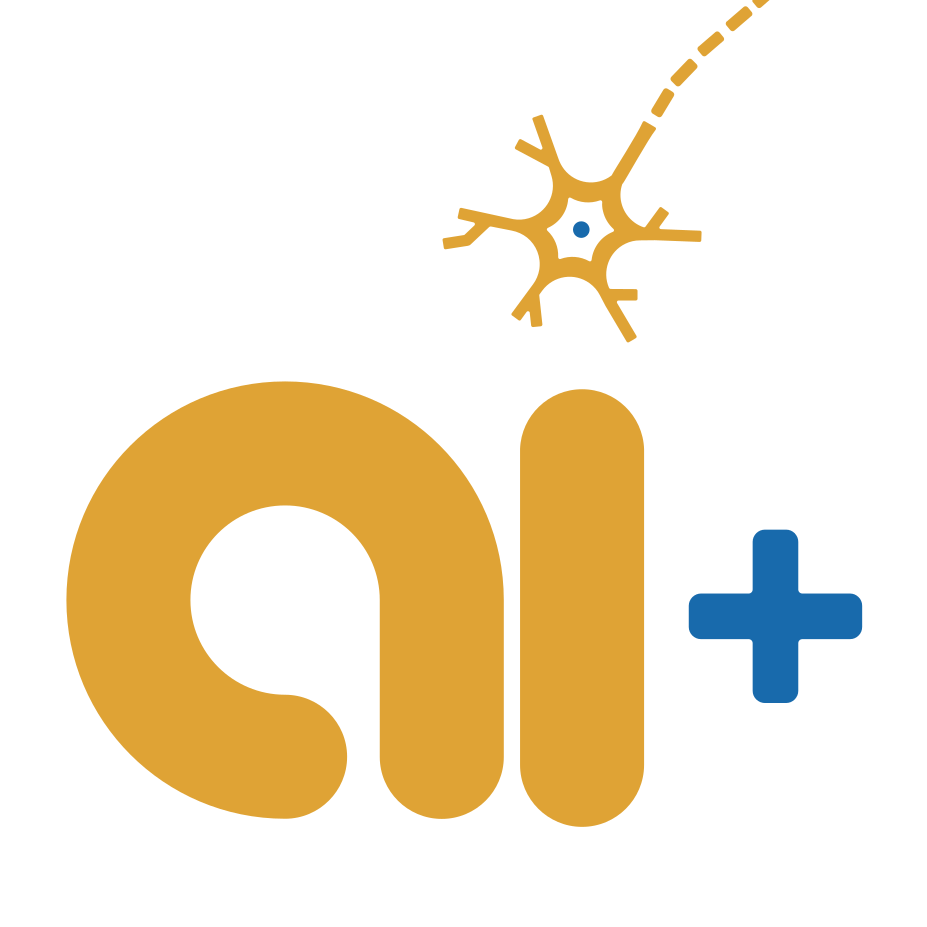AI Background
We can find different definitions of what AI is, and all of them are related to the same idea: it is a field of computer science focused on providing computational systems with the capability of solving problems in the same way as humans would do, that is, based on cognition. More specifically, AI provides a computational-based artificial system (not biological) with the capability of solving problems autonomously, without human intervention. To do it, the AI system is able to learn from experience, to adapt to new situations, and to reason about the best way to solve a problem.

To define what an AI ecosystem is composed of, we can start by considering the diagram shown above, which contains 4 main blocks and their relations. On the top we can see the Environment, which can be real or virtual, and it is where the AI system operates. On the right part of the diagram, we can see a Sensing block, representing that the AI system has sensors which provide information from the environment. In addition, the left block, Acting ,represents that it has actuators which allow it to modify the environment to some extent, through the actions applied on it. Finally, in the bottom part of the diagram we can see the AI System block, which is devoted to selecting, according to the information coming from the Sensing block, the most appropriate actuation that should be executed in the environment to fulfill the system’s goals.
The actions the AI system executes modify the environment, and new sensing values must be obtained to perceive such changes, providing the AI system with new information regarding the adequacy of such action to achieve its goals. This process continues over time, so the AI system can learn from its experience in order to improve action selection.
The complexity of the AI system block can vary wildly, establishing the cognition level that can achieved and, consequently, limiting the optimality of the decisions that can be made. The following diagram contains a schematic of the basic elements that can be found in an AI system block:

We can see that it is made up of 5 blocks, linked to Sensing and Actuation as explained above. These 5 blocks are the following:
- Motivation: an AI system must have some type of motivation to operate, that is, the system must seek to fulfill some goal. The motivation can be imposed by the designer or it can be learnt by the system, which implies a higher level of intelligence.
- Representation: the information coming from the sensors must be stored in the computational system under some type of computational representation, which is very important in order to simplify the remaining processes.
- Learning: every AI system must learn from experience. This feature is very relevant, because it provides the property of being able to adapt to new situations, and consequently, being really autonomous.
- Reasoning: the system must select the action to be applied in the environment following some type of decision process, from a very simple reactive one, to very complex approaches, using internal models, planning, or others.
- Memory: it is mandatory that an AI system has different types of memory elements to store the models that are learnt, the representations, and other important data that could be useful in the future to avoid re-learning.




